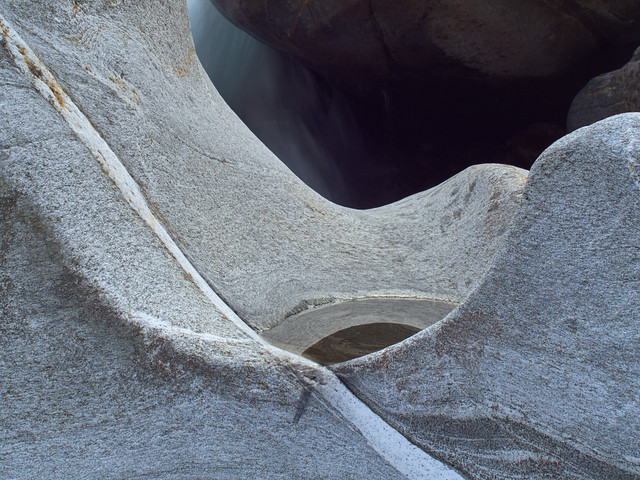All the gear…
...and not too many ideas
Hello. My name is David. I’m a cameraholic.
The evidence is unforgiving. A list of the cameras I’ve bought since photography became my principal pastime makes for sobering reading, especially when set aside the productive output.
| Year | Camera | Source | Status | ||
| 1998 | Ricoh GR1 | new | Given away | ||
| 2000 | Hasselblad Xpan | new | Lost at sea | ||
| 2000 | Canon T90 | s/h | Given away | ||
| 2001 | Ricoh GR1S | new | Retired, defective | ||
| 2002 | Hasselblad ArcBody | new | sold | ||
| 2002 | Fuji 670GW | new | sold | ||
| 2003 | Olympus E-1 | new | sold | ||
| 2007 | Olympus E-400 | new | retired | ||
| 2007 | Ricoh GRDII | new | Retired, defective | ||
| 2008 | Ricoh GRDIV | new | Stolen in Buenos Aires | ||
| 2009 | Olympus E-3 | new | sold | ||
| 2010 | Hasselblad Xpan II | s/h | active | ||
| 2011 | Olympus E-P2 | new | Stolen by Spencers Camera, Utah, USA | ||
| 2012 | Olympus E-5 | new | sold | ||
| 2012 | Olympus E-P3 | new | active, converted to IR | ||
| 2012 | Sigma DP2 Merrill | new | active | ||
| 2013 | Lomography Belair 612 | new | shelved | ||
| 2014 | Sigma DP3 Merrill | new | active | ||
| 2014 | Olympus E-P5 | new | active | ||
| 2014 | Ricoh GR Digital | new | active | ||
| 2015 | Olympus OM4Ti | s/h | active | ||
This doesn’t include a couple of older, rescued film cameras, and several point & shoot digitals. And of course it doesn’t include the lenses, the tripods, the software, the books, the filters, the camera bags, the “workshops” and Lord knows what else. I’d probably have done better putting it all towards drink instead.
I did actually sell a good deal of gear last year, with the idea of consolidating and buying something new (and improved, of course). But I kept bailing out of decisions. At present even the sight of a camera shop makes me feel nauseous and jaded in equal measures. Of course there is a huge list of new, improved, sensational, must-have, deeply desirable cameras, but actually I don’t desire any of them. I certainly don’t need them. Even if I did buy one, I don’t know what I’d do with it. My interest in adding to my archive of somewhere between 50 and 60000 photos is flatlining.

On average, I appear to take some 3000 to 4000 photos a year which I don’t immediately trash. The big spike in 2010 correlates with two long trips to Costa Rica and Svalbard that year. There doesn’t seem to be much correlation with camera spend. And of the full total, there are only 800 which I’ve rated at 3 stars out of 5, or higher (at 5 stars there are precisely 7, although perhaps I haven’t been entirely thorough or consistent in my rating…
This year, so far, I have spent precisely half an afternoon dedicated to photography. It was ok, but hardly essential. In the past I’d be climbing the walls through frustration and not getting out and photographing, now I’m just relieved to be past all that. The only camera that I’ve actually enjoyed using recently is the OM4Ti.

A shot from my half-afternoon of photography
What is glaringly obvious, at long last, and to me at least, is that gear absolutely does not increase quality of photos or enjoyment of photography. I can’t say that I’m no longer interested in photography - I wouldn’t be writing this if I were - but I’m not much interested in photographing. I’m dedicating some time to assembling the first of what might be a series of Blurb-published book, and it is quite interesting that the photos I’m selecting - on the basis of interest and coherence - tend to come from over five years ago, and from the more humble camera/lens combinations I’ve used. In a way that’s encouraging.
Perhaps I’m a recovering cameraholic?












